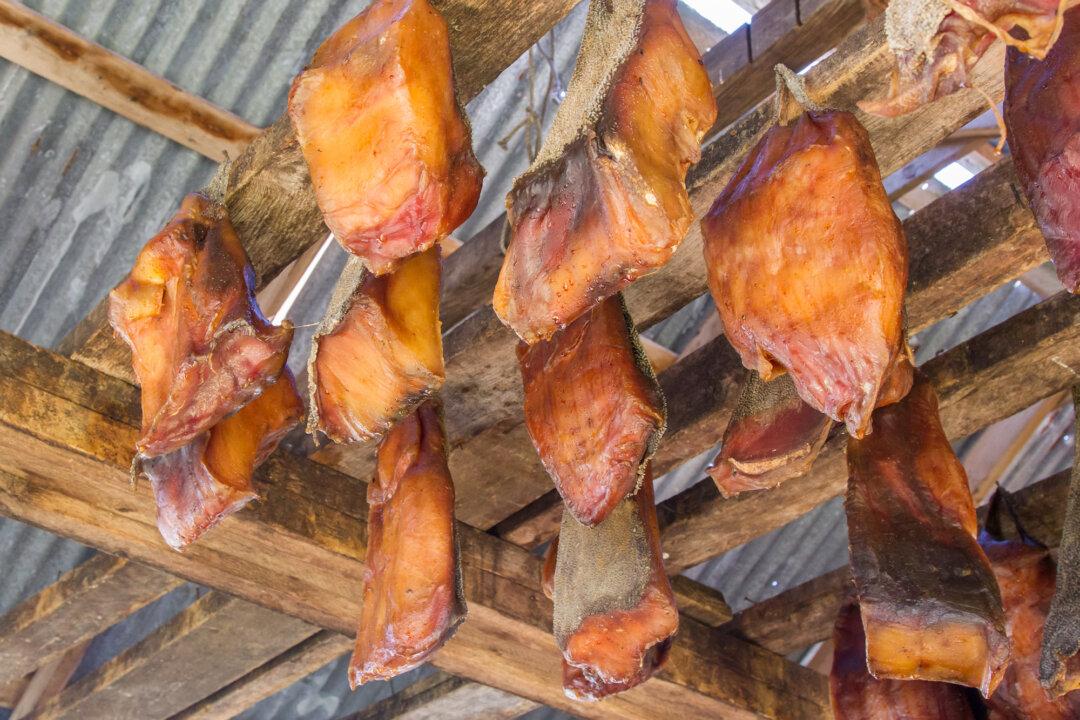The question hung in the air, for just a moment. “Would you like some airag?” my guide whispered in my ear, reiterating the invitation that my gracious host had extended—with a big smile—just a moment before. A few pertinent issues ran through my head as my eyes darted around the tidy, lovely Mongolian tent.
Is there any refrigeration here? Where are the horses? And how, exactly, did they ferment the horses’ milk?





